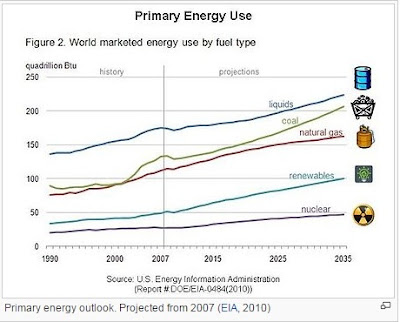Industries that help energy
development ---
In totality,
energy industries are those that are responsible for the production and sale of
energy. This includes fuel extraction, manufacturing refining and distribution.
In today’s industrial age, everything be it construction, manufacturing of
goods or industrial infrastructure building, they all are highly dependent on
fuel and hence energy industry plays a crucial role in infrastructure building
and maintenance of society in all countries. Some main industries on which we
highly rely on for energy development are –
Petroleum
Industry
Gas Industry
Electrical
Power Industry
Coal
Industry
Nuclear
Power Industry
Renewable
Energy Industry
The
conventional energy industry comprises of petroleum industry, gas industry,
electrical power industry, coal industry and the nuclear power industry.
New energy
industries include the renewable energy industry, comprising alternative and
sustainable manufacture, distribution, and sale of alternative fuels.
All these
industries help in generation of energy in some way or the other and are
responsible for sales via different mediums. Petroleum industry includes oil
companies, petroleum refiners, fuel transport and end user sales. Gas and coal
industry are responsible for generating gas energy and selling it to end user
and likewise other industries
Energy
development basically helps in fulfillment of needs of society by making
available primary energy sources and secondary energy forms. It focuses on
production of energy via various sources available and also creating new
sources for development of energy. Various methods are out there to maximize
production of energy by recovery and reuse of energy in other forms that would
otherwise be wasted.
Contemporary
industrial societies use primary and secondary energy sources for
transportation and the production of many manufactured goods.


